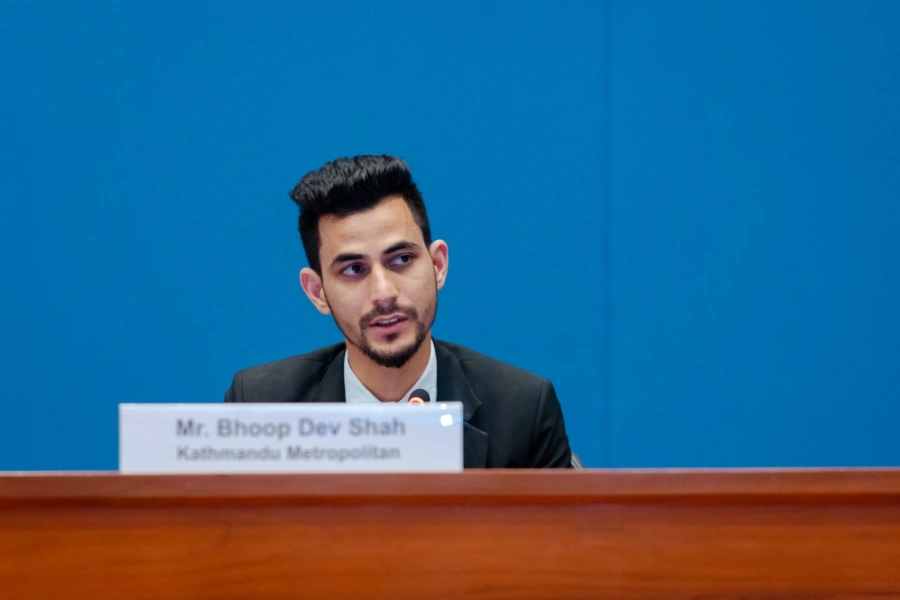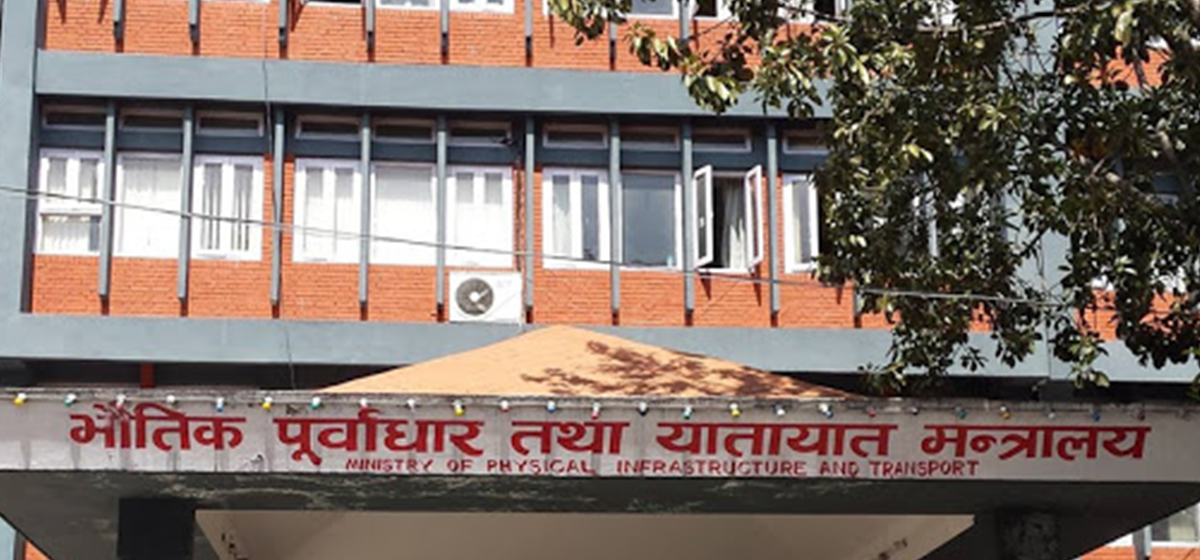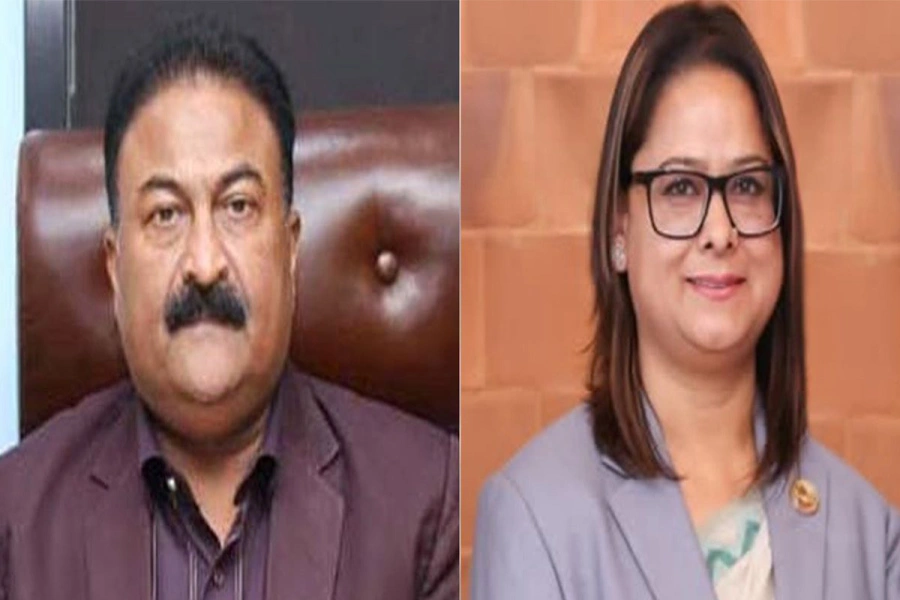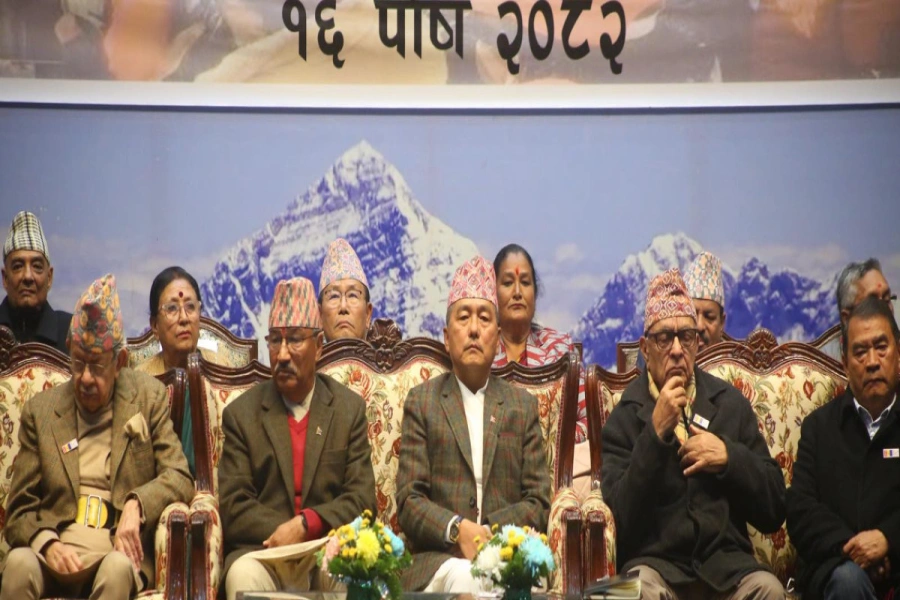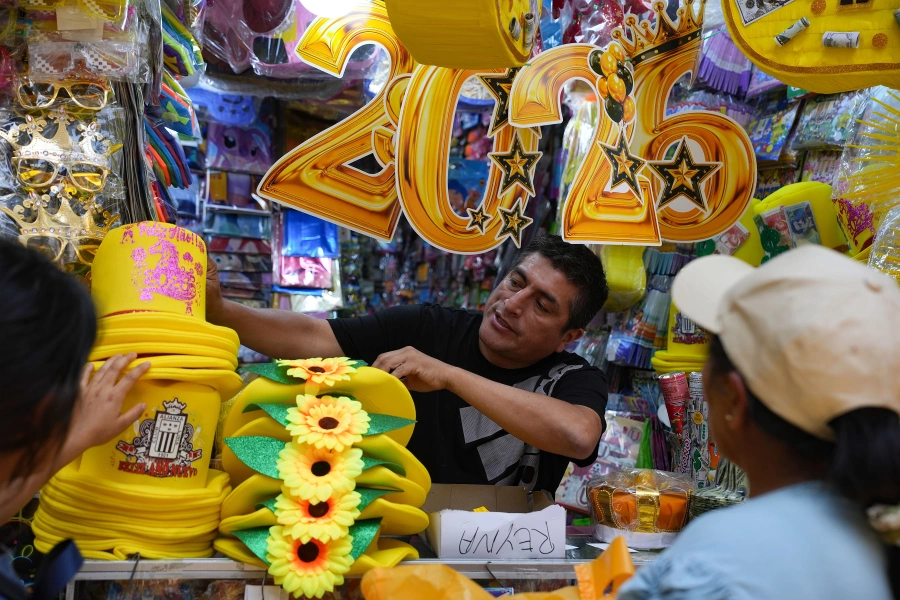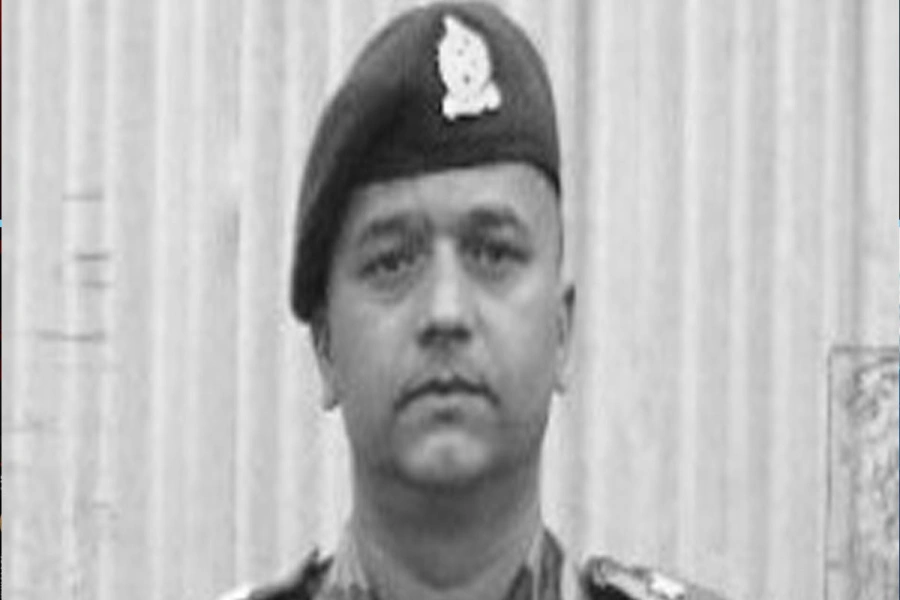Road accident is rising astronomically, and along with it, the death tolls and injuries but the country does not seem to have made any serious efforts to save people’s lives from these largely preventable accidents. This is a national tragedy and a national shame too. It is estimated that around seven accidents happen in Nepal every day and around seven persons are dying every day.
If this statistics is not alarming enough for the state actors to take action, we wonder what will. The talk of the town now is the deadly accident that occurred on Sunday at Sunkoshi Rural Municipality of Sindhupalchok. More than a dozen passengers lost their lives when the bus they were travelling by skidded off the highway and plunged 70 meters from a bend at Chha Kilo area Sunday morning.
All the deceased were returning to Bhaktapur from a pilgrimage to Kalinchowk Bhagawati in Dolakha district. Many injured are receiving treatment in hospitals of Kathmandu and Kavre and the death toll might increase further. This tragedy, however, is the latest in the series of deadly accidents which have been killing lives every month every day.
When will it end?

In Sindhupalchok, this is the third big accident in the last three months. A total of 43 passengers have lost their lives, while 176 passengers have been injured in these. In October, a bus met with an accident at Indrawati Rural Municipality, killing 11 from the same village. In November another bus plunged into Sunkoshi River from Araniko Highway at Sukute leaving 18 passengers dead. In all three, carelessness of the drivers has been attributed as the major cause.
It is not that we do not know what causes these accidents—poor roads, overcrowded buses, over-speeding and reckless driving, among others. It is not that we do not know how this can be prevented. Roads can be upgraded and maintained. Transport entrepreneurs can be directed not to take in passengers more than seat capacity. Over-speeding can be fined. Reckless drivers can be disciplined. But why is this not happening?
Why are our responses to road accidents have not gone beyond expression of condolences from leaders? Why do not we think of long-term solution to road accidents? Perhaps because nearly all of the road accidents involve public transportation and public transportation is used mostly by the poor. Only the users of the public transportation can realize the urgency of managing it properly.
If safety guidelines in public transportation—such as setting the passenger limit, strictly enforcing the system of two drivers in long-distance roads and strict punishment for those who drive carelessly—are enforced it can go a long way in reducing accidents and saving lives. Most important of all, there should be a serious national conversation in ways to better manage public transportation system and reduce accidents. Road accidents have become too frequent and resultant deaths and injuries too scary. When will we wake up? It is getting late to rage against road accidents.







